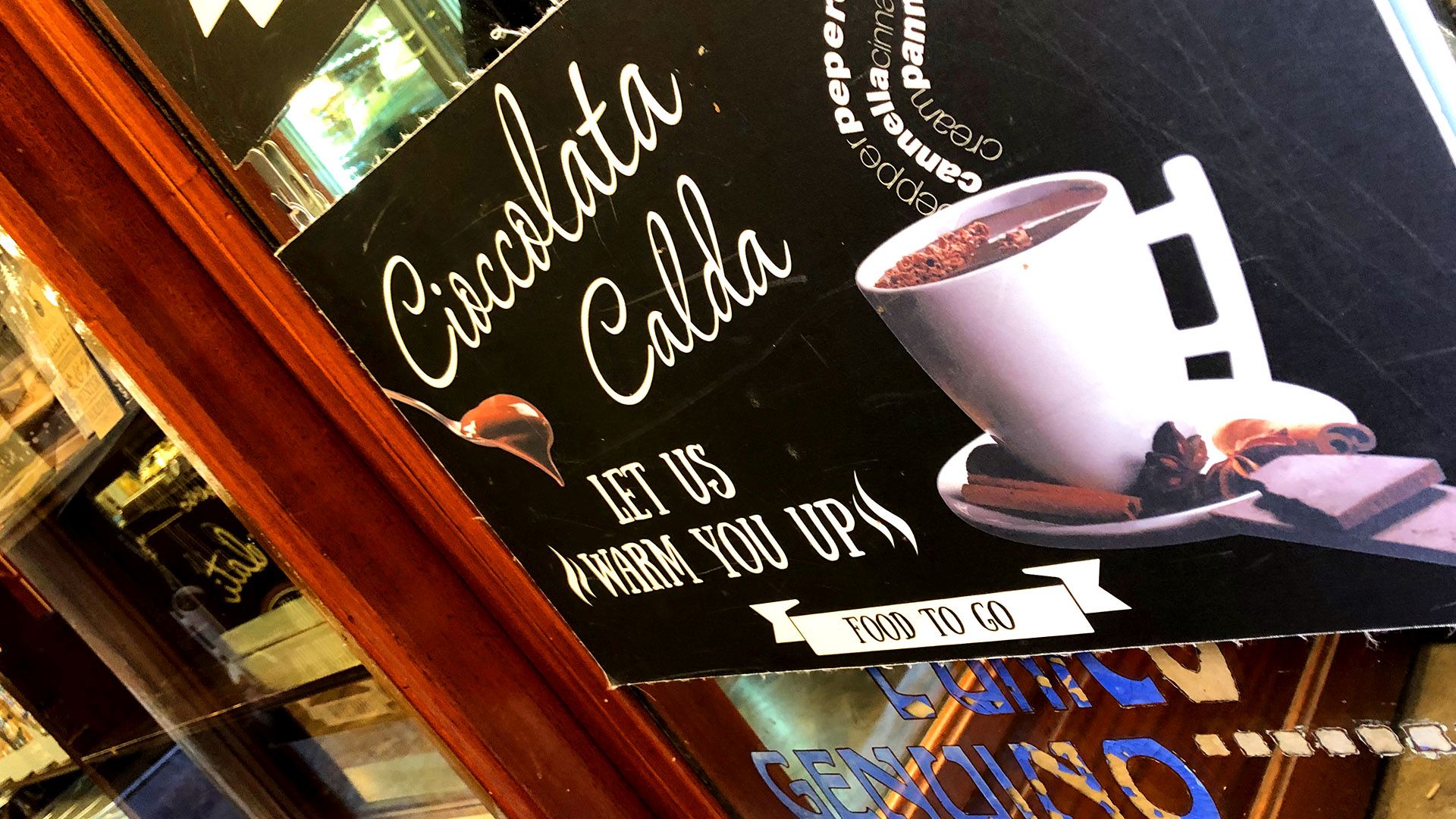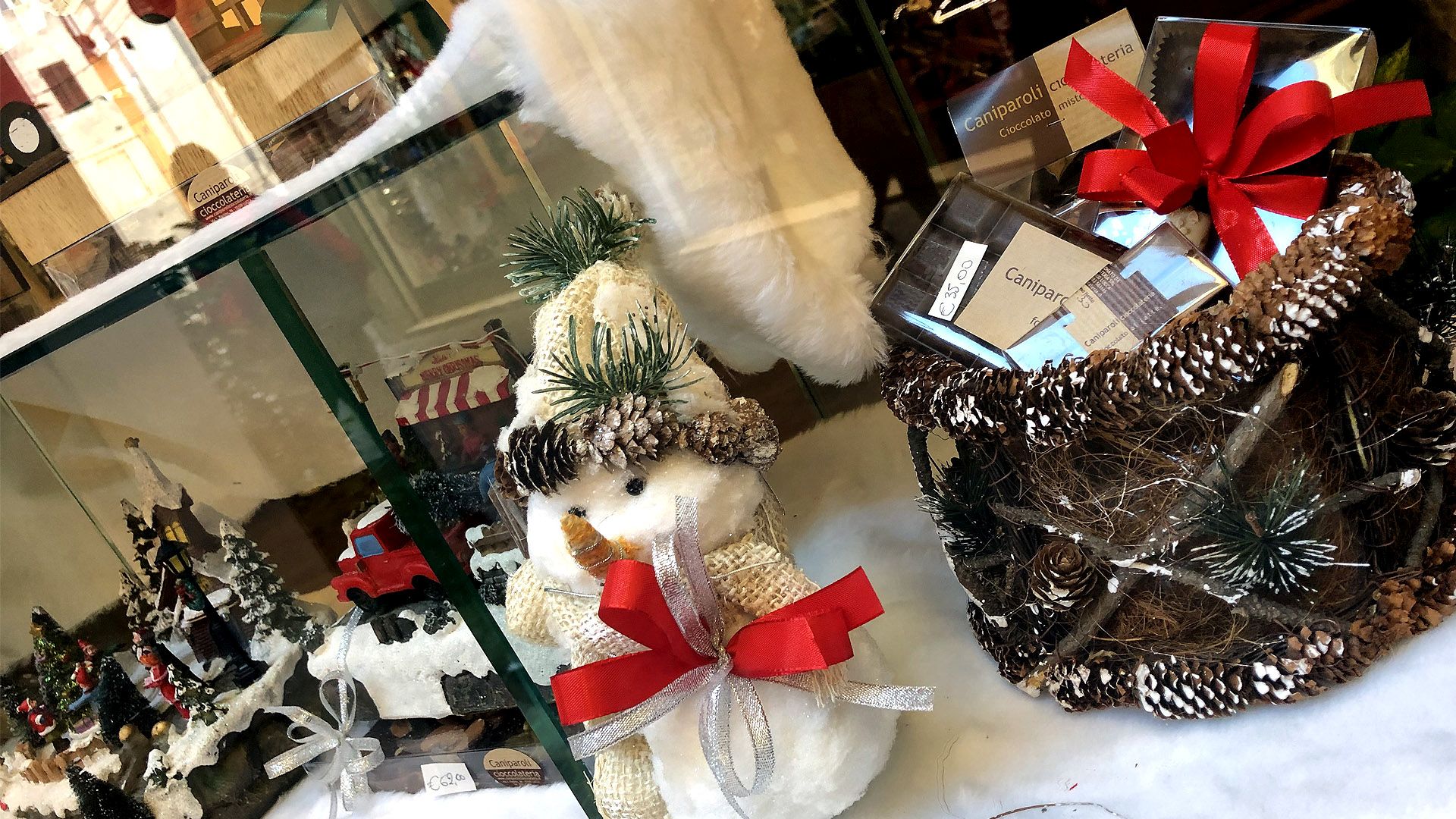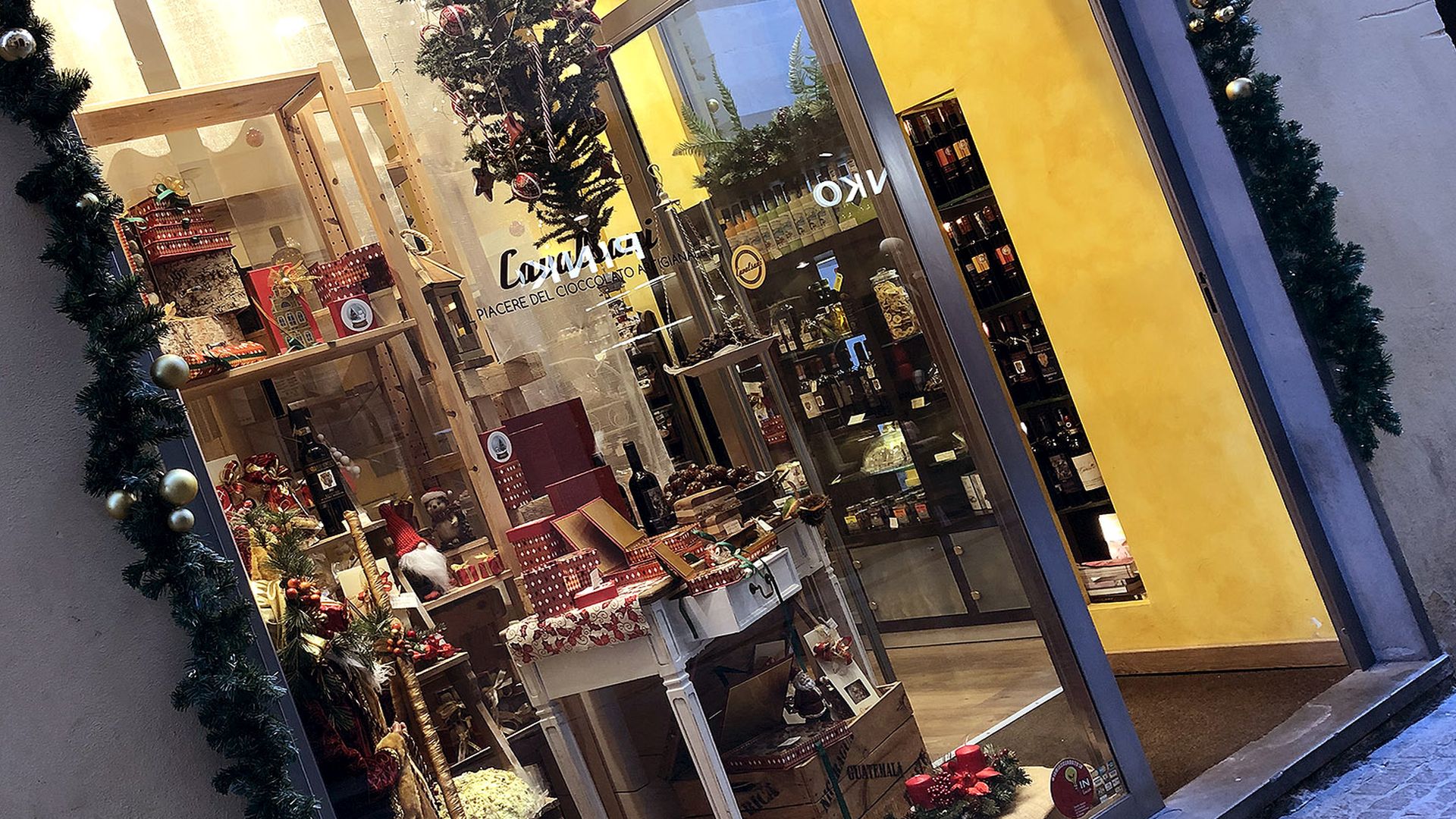It could be nothing but a success in the city that has always traded silk, spices and other exotic things with the east.
Chocolate ...
In the seventeenth century, cocoa arrived in Tuscany thanks to the Florentine merchant Francesco d'Antonio Carletti. In the Central National Library of Florence numerous writings testify, starting from the 1600 of the heated debate about chocolate and its consumption. What is certain is that the beneficial effects of chocolate were immediately evident, first of all the calming one ... for diets there is always time.
In Lucca, chocolate made its appearance in the tariffs in 1719 along with coffee and other products of the West Indies such as china, "reobarbaro" and "zalappa".
A century later, five chocolatiers located in different streets are present in the city.
The chocolate immediately became the morning drink most suitable for those who are noblemen from Lucca. Often it was made at home dosing cocoa, sugar and other drugs. But it was not for everyone: the dames and the aged people, of the highest regard and the clergymen drank it.

Princess Elisa (Bonaparte) who was a lady and a most respected person, was passionate about the exotic aroma of chocolate.
In the accounts of his cooks, expenses for more than 36 pounds of cocoa are noted in addition to sugar, coffee, liqueurs and ice. It is therefore clear that the beautiful and exclusive Ginori and Sèvres porcelain manufactories for tableware, coffee, ice cream and ca va sans dire chocolate were indispensable. In the princely trousseau there are two different types: "chicchere" for steaming liquid chocolate and "jars" with a handle for chocolate semifredde mousses.

By emulation of the princess, a real fashion spread to the nobility and the rich bourgeoisie, and soon an etiquette was developed on how to serve and take in hot chocolate.
Needless to say, the first chocolatiers, who became famous at the European courts, came from Spain where the intuition of some chefs to replace spices and hot peppers with milk and vanilla gave new life to cocoa, promoting it from medicament of the body to medically of the soul.
A new piece appeared in the table servers: the chocolate maker. In porcelain or silver, it stands out from the coffee maker because it is more pot-bellied. In its lid is often placed a small whisk of ebony or other exotic wood that rotated between the palms of the hands allows to froth the drink.
The chocolate mousse cups were equipped with a small porcelain plate inside so that the foam would not soak the gentle whiskers of the gentlemen.

In the inventory of the Doge's Palace in 1814, objects related to the consumption of chocolate very frequently appear, which, at the court, had to be of considerable proportions, as can be seen from the expense notes of the cupboard and the Palazzo kitchen. From November 11 to December 7, 1809, for example, among the accounts of the cooks of Elisa, are noted those for more than 36 pounds of chocolate, as well as sugar, coffee, liqueurs and ice.
Finally, the documents attest to Elisa's trousseau, two different types of chocolate served that correspond to the two different ways of preparing the drink: cups or cups for chocolate in the liquid state and jars with a handle for chocolate foams (ie for mousse).
Even today, courses and recourses of history, there are in Lucca 5 chocolates in historic premises, three on the path of Via Fillungo (Cavalsani, bordering the church of San Cristoforo which once housed the Silk Academy of Lucca; the name of the perfumery that previously occupied the premises and of which it preserves the furniture of the early twentieth century, a little 'secluded, in Chiasso Barletti, under the imposing medieval tower of the Hours, Chocolat.
In via San Paolino there is the chocolate shop Caniparoli in the new spacious and fragrant shop whose Sachertorte have nothing to envy to the Viennese.
Happy Holidays!
note storiche da "La tavola di Elisa" (R. Martinelli - Pacini Fazzi 2003)
foto: R. Giomi